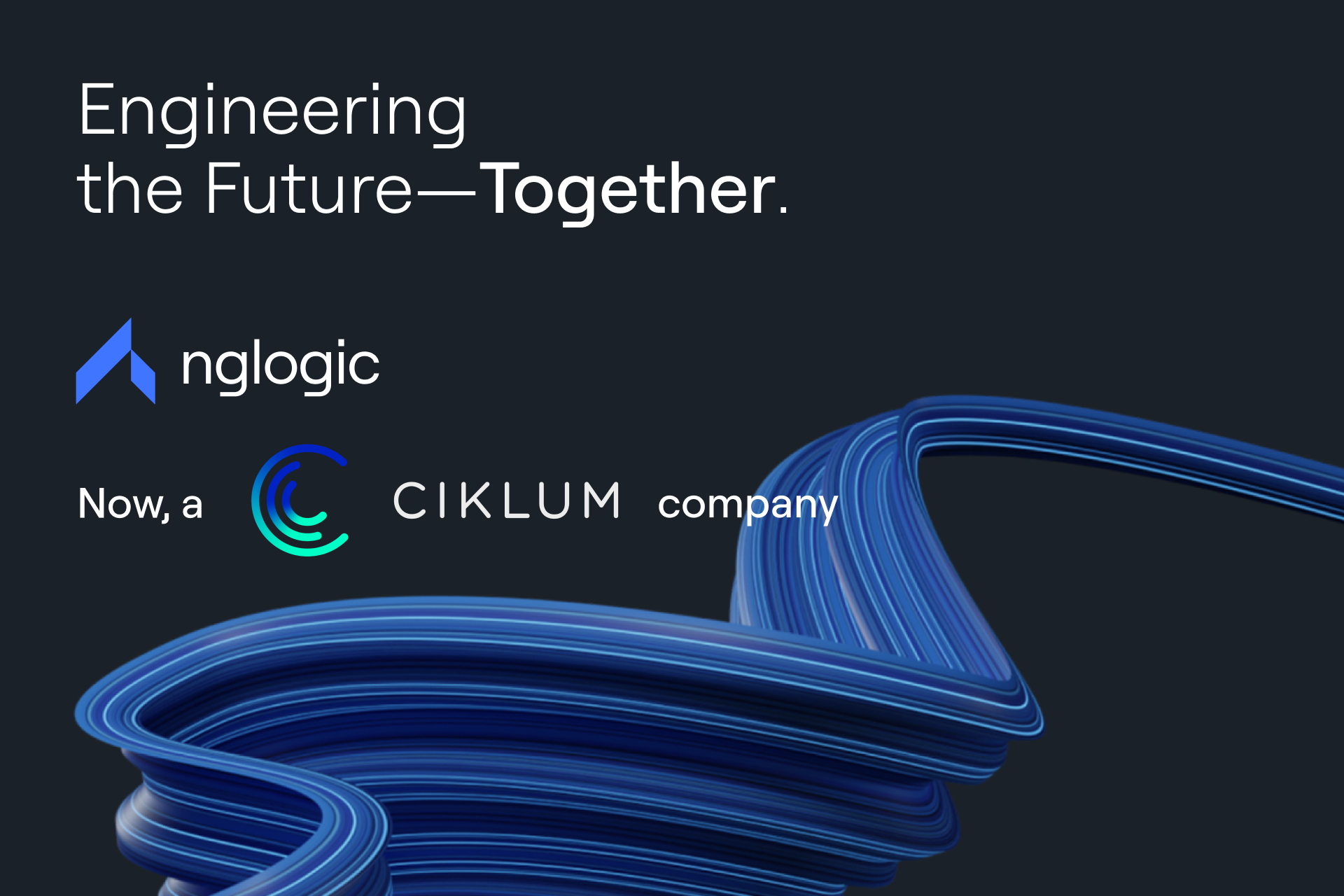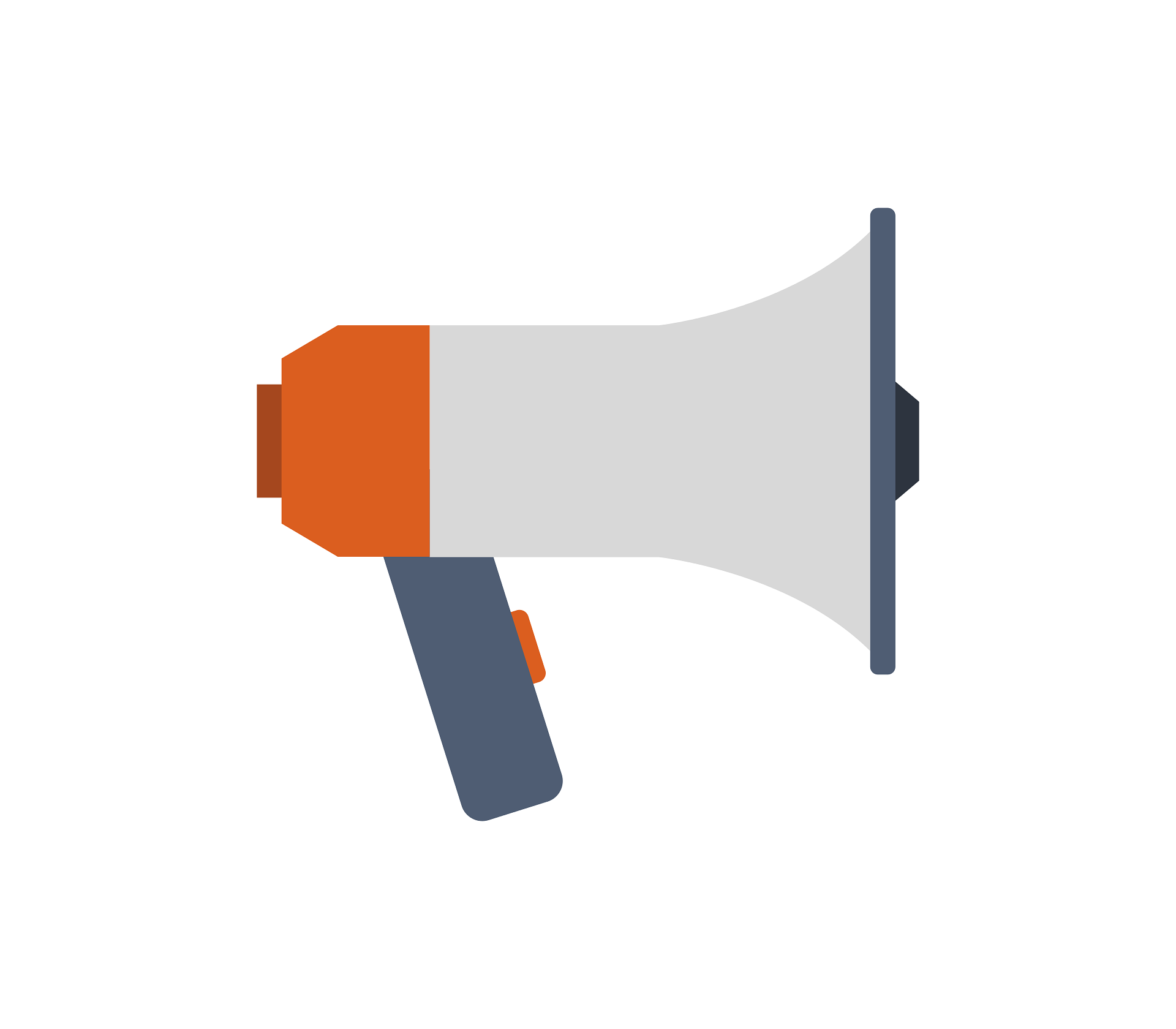Business intelligence tools provide valuable resources for decision-making and improving performance. You can choose between proprietary products and open-source software. The latter has a few more advantages besides being free.
The explosive data growth has been overwhelming for many businesses. Companies struggle with information overload, lack of data management expertise, and ever-growing pressure from competitors more adept at plowing through petabytes for market insights.
Yet, with the right approach, the challenges can be easily viewed as opportunities. The ability to harness large amounts of business data can improve a company’s operational efficiency and drive its growth.
What is business intelligence?
The practice of converting data into valuable, market-relevant insights is known as business intelligence (BI).
The term was coined in the nineteenth century, but it has gained a new meaning in the age of big data. Currently, the concept spans a wide range of solutions for sourcing, analyzing, and utilizing massive amounts of information for streamlining business.
In many organizations, BI is an integral part of the decision-making process. According to statistics, 52% of software companies and 50% of finance firms use BI tools for finding new revenue streams.
The global BI market is growing rapidly and is predicted to reach $43.03 billion by 2028 – almost double the value from 2021.
How does business intelligence work?
Business intelligence starts with extracting valuable data from relevant sources. Companies can obtain useful information from customer relationship management platforms (CRM), web analytics tools, supply chain systems, sales, and marketing performance software, call center applications, etc.
Raw data collected from various systems is sorted into data marts, subject-oriented databases making up a larger data warehouse. Then a variety of BI tools are deployed to analyze data, generate reports, interactive dashboards, and data visualizations, and, eventually, produce conclusions about patterns, trends, and existing or prospective business opportunities.
An open-source BI tool vs. proprietary software. Which one to choose?
There is a wide gamut of services for BI applications combining both open-source and commercial solutions. The latter usually offer expanded functionality. Proprietary software dedicated to business users provides additional features compared to no-cost offers. It usually comes with a more user-friendly interface, enables easy integration with other applications, and doesn’t require programming skills for customization. Customer support is also a non-negligible asset.
On the other hand, open-source BI software can be a big money saver, allowing users to invest funds elsewhere. Moreover, choosing free solutions provides the opportunity to test different tools before deciding on the specific one. Such is also the case with using free trial periods offered by software vendors – albeit within a limited time.
Typical key features of BI Tools:
- flexibility with customizing source code to fit your needs,
- lack of licensing requirements which saves you legal liability nightmares
- self-sufficiency and independence from software industry vendors
- frequent updates, if the software is backed by a strong community.
If you’re new to the BI industry, commercial business intelligence software might not be the best choice for starters. We suggest you try open-source alternatives and carefully prioritize your needs before deciding on more advanced options.
Additional features
All BI tools are different, and while they share key features, they may differ in specific solutions. Some tools are better at data visualization, while others will be better if you need to manage ad hoc analyses. Some will be better for SQL, others will be better with a different data source. When considering which of these you should choose, definitely think about the features that are key for your needs.
Open Source BI Tools Pros & Cons
The biggest pro of open source BI Tools is, of course, their price. With no subscription fee required, you can self-host each of these, and spend far less. What is a pro, however, can also be a con, as your team will need to troubleshoot them in-house, taking up your employee’s valuable time. Also, the feature sets of some of these tools are more limited in the free version compared to their paid counterparts.
Enterprise Version BI Tools Pros & Cons
The opposite can be said for paid business intelligence solutions. While potentially more costly, they will save your team time and effort in their implementation, as they come with more features, and support from their developers. If you can afford it, and feel that open source business intelligence is too much of a hassle, choosing a paid solution may be the choice for yoou.
That said, check out our selection of free business intelligence software!
BIRT
BIRT is an acronym for Business Intelligence Reporting Tool. The platform, developed by the Eclipse Foundation and based on the Eclipse framework, is among the top recommended open-source business intelligence tools for small and medium enterprises with moderate BI requirements.
BIRT is a low-cost solution for extracting and processing data from various sources, such as files, databases, web services, etc. It provides a customizable visual report designer and enables embedding reports into thick clients or web applications, especially those based on Java or Jakarta EE.
BIRT addresses a common problem of implementing ad hoc reporting functions in applications resulting in excessive costs and limited reporting capabilities. With Eclipse-based open-source BI tools, developers can easily incorporate reporting and data visualization functions into their apps, saving time and money.
Metabase
Metabase is a quick-to-set-up, user-friendly BI software. It contains a comprehensive toolkit that can help you derive valuable insights from multiple data sources. One of its key assets is simplicity. It doesn’t require advanced tech-savviness from users, as it enables queries without SQL statements (although SQL knowledge is necessary for handling more complex data sets).
With Metabase, you can manage databases, monitor key performance indicators, filter and summarize data to find exactly what you’re looking for, create models, add variables to queries for creating interactive visualizations, set up alerts for data changes, or embed interactive dashboards and charts in applications.
KNIME
A robust data analytics and BI platform offering over 1,000 modules and a lengthy selection of features for data exploration and processing, many of them required for data mining and machine learning (ML) applications.
Within one platform, KNIME offers two complementary tools: KNIME Analytics Platform for creating data science and KNIME Server for team collaboration and deployment of data science workflows.
KNIME free BI tool allows for combining data from different sources, building ML-based models for various data operations, creating workflow prototypes and scaling workflow performance, as well as visualizing data.
The platform has origins in pharmaceutical research, but over the years, it has expanded to many other sectors, such as finance, life science, manufacturing, healthcare, retail, and energy.
Microsoft Power BI
A free business intelligence tool from Microsoft with a paid Pro version. It provides a suite of AI-powered desktop tools for transforming raw data into meaningful information to support decision-making.
With Power Bi, you can connect to various sources of information, model and visualize data, create interactive reports, and measure your KPIs. SQL skills are nice-to-have but not necessary, as the application “handles” conversational language. Power Bi is an excellent tool for team collaboration enabling easy sharing of insights from data analysis within the Microsoft environment, for example, via Teams or Excel.
The company recommends combining Power BI with Azure and Microsoft 365 to maximize value and enhance data analysis productivity.
Jaspersoft
Jaspersoft is a family of products currently owned by TIBCO, a Palo Alto-based business intelligence company. They include web and desktop applications with JasperReports Library at their core.
Jaspersoft products provide integrated reporting tools for business intelligence projects highly optimized for the end-user experience. The software allows to generate reports, create data visualizations in the form of neatly rendered charts, diagrams, and graphics, manage virtualized views, and – all in all – produce hard fact knowledge for accelerating business.
Jaspersoft community releases are freely available. However, TIBCO’s proprietary BI reporting tools, providing additional functionality, are distributed commercially with a 30-day free trial period.
Tableau Public
Tableau is a visual analytics platform developed by Tableau Software. The company offers a free version of its software branded Tableau Public. It is a fantastic open-source BI tool for generating interactive charts and live dashboards. It enables users to create and publish interactive data visualizations, also by means of embedding them in websites.
Tableau Public provides an immense amount of data presentation options for different use cases. It is a handy tool for novice data scientists to hone their skills in an eye-pleasing environment, offering loads of sample data to create interactive dashboards.
Tableau Public is a convenient open-source BI solution for getting a better grasp of relevant data. However, it has one downside: any data processed by the program is public and cannot be kept private.
Databox
An open-source business intelligence software for tracking performance and marketing activities. Databox offers both free and paid plans. It enables creating custom dashboards at lightning speed, provides over 4.000 metrics and over 200 pre-built reports for quick setup, and supports over 70 integrations, including Google Analytics, HubSpot, Google Sheets, Excel, Facebook, and Google Ads.
Producing business insights via Databox takes just a few clicks. No coding skills are required to handle the data. For more advanced users, the platform allows connecting SQL databases and writing SQL statements directly inside the application to create metrics for visualization in the Databox Designer.
Apache Superset
Apache Superset is perhaps the open-source BI tool that requires the most technical knowledge. Originally developed by Airbnb, Superset thrives in SQL-heavy environments. It supports a wide range of databases, including SQL DBs such as PostgreSQL or MySQL and big data systems like Apache Druid and Google BigQuery.
With robust user management features that will allow you to manage permissions for users, teams or departments, it’s highly customizable and will allow you to really dig into SQL data sources, and use some solid visualization functionalities to boot.
Which Free Business intelligence software to use?
That depends on what you need from your business intelligence software. Some of these excel at elements of the BI puzzle others are weaker at. That’s why we’re going to take a look at which of these is the best choice for your primary need.
Tableau Public—the best for data visualizations
If you need to create reports that are driven by visualizations, Tableau Public definitely has the best toolset for that, combining data analysis with visual data preparation easily. While not perfect by any means, this version for Tableau definitely gives you a lot of options on how to visualize your data and use it both for SQL-heavy data mining and real-time KPI tracking.
KNIME—the best for advanced data analytics
KNIME is perhaps the most advanced open-source BI tool on our list, but it’s also definitely the best for in-depth data analytics. Thanks to its modules and no-code drag-and-drop interface, KNIME offers what we’d call a complete framework for data analysis, allowing you to create workflows that can take full advantage of features like predictive analytics, clustering, and machine learning.
Metabase—the best for simpler data analytics
While KNIME is great for advanced users, Metabase is great for less technical users for beginner and intermediate data analysis. You won’t be impressing any data scientists with this one; however, you will be able to use features like dynamic SQL sources and native pivot tables to get the most out of your data sources.
Apache Superset—Best for SQL
As we mentioned before, if you have an SQL-heavy environment, Apache Superset is the way to go, allowing you to import data from databases with relative ease for a team of SQL specialists, allowing you to leverage your data structure to grow your business within your existing toolset
Microsoft Power BI—Best for Excel Fans
If your infrastructure is based on Microsoft products like Azure or Microsoft 365, this is a no-brainer. Similarly, if your current data analysis tools are based on Excel spreadsheets, your team will have an easy transition. Moreover, as your company grows, you can easily transition to an even more powerful enterprise version.
Conclusion
This collection of open-source BI tools offers a wide variety of functionalities, from data mining to full-on data science. When considering which business intelligence tool you should choose, you should consider the key features of each, the data sources you’re using, each BI tool’s data integration, and whether the free version of the given BI tool suits your needs. That way, you can leverage open-source business intelligence software to its fullest extent.














 +1 (888)
413 3806
+1 (888)
413 3806